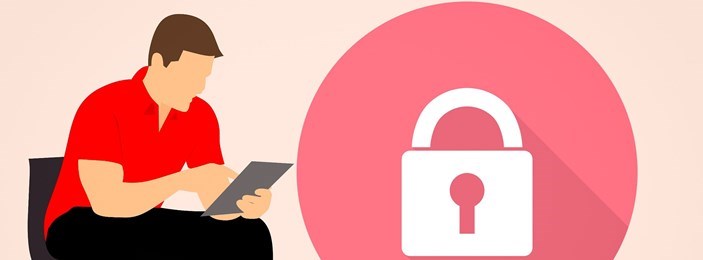Staying safe online

Set up for Safety
- Use strong passwords – use a combination of letters, numbers and special symbols so it is not easy to guess, and changed regularly. Do not write this down in a place others can easily find it
- Keep your main email address and phone number private – think about creating a separate email to use for your online class
- Remember to sign out if you are using a computer that is open for others to use
- Try and always check if the website you are using is secure (the web address begins with https as opposed to http).
- Use two factor authentication, or Touch/Face ID on your devices to secure them
- Install malware and antivirus software on the device you use to access the internet and your online class
- Use secure WiFi and Bluetooth
- Use software you can trust on your computer
Protect Your Privacy & That of Others
- Learn how to use the privacy settings on devices and applications to protect your identity and personal details
- Do not share personal details on the internet, e.g. your address
- Remember that your uploaded photographs could include your location which would help people find you
- Be aware that your actions on the internet stay around for some time – don’t post things you may regret later!
- Do not share information about others
- Do not publish photos/audio/videos on the internet without permission
Internet Acceptable Use – always ensure you stay within the law when using the internet
- Do not pretend to be someone else for any reason – for example, if using someone else’s email to access a class, do let the tutor know in advance so they are aware. If not, they may kick you from the class
- Do not send threatening emails/messages, or engage in cyberbullying or harassment
- Do not send any type of malware
- Do not undertake any illegal actions, such as data/identity theft or hacking
- Do not download files without permission or upload copyrighted files
- No unauthorised Wi Fi/Internet connection
